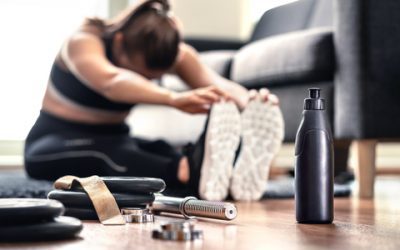This one’s a doozy. We have seen an upward trend over the past several years in the issuance of cortisone injections to our patients. Cortisone is a steroid that reduces inflammation, thereby reducing pain. They are frequently injected in to joints such as the knee, hip, ankle, and shoulder. While several months of relief sounds good in theory, generally it fails to resolve the mechanism of inflammation in the first place and has a higher incidence for harming you in the longer term. Let’s break it down.
Conditions that often benefit from a cortisone injection include arthritis, bursitis, and tendinitis. Anti-inflammatory meds can be taken orally but they distribute the benefits throughout the body, where as a local steroidal injection places the medication directly in to the site of injury, increasing the likelihood for effective pain-relief. It’s a easy, quick, treatment and a quick potential remedy, making it an easy recommendation for doctors.
The hiccup is in the side effects.
Not only can cortisone injections contribute to minor side effects such as skin discoloration, skin thinning around the injection site, possibilities of infection, and temporary facial flushing, but they can also temporarily increase blood sugar levels, a concern for those with diabetes. For females there can be hormonal implications including irregular menstruation, excess hair growth, and disturbances in lactation if breast feeding. But the most concerning is the known ability for cortisone to deteriorate the cartilage in a joint and weaken tendons.
In 2019 a report was released about the intraarticular utilization of the cortisone shot for joint disease in the hip and knee. They found an increase of adverse events after administration, including “accelerated osteoarthritis progression” and “rapid joint destruction with bone loss”. In layman’s terms, issuing the injection every 3-4 months for pain relief while dealing with joint degradation, actually contributed to worsening degeneration of the joint. This was found when issued in to the same joint just twice.
As we generally tell our patients, it’s not our place to make the decision for you. Our job is to highlight the pros and the cons, and support your decision in your recovery process. We ultimately want you to feel good and have less pain. We just urge you to dig a little deeper and have all the information on hand so you can make an informed decision regarding your healing process.




